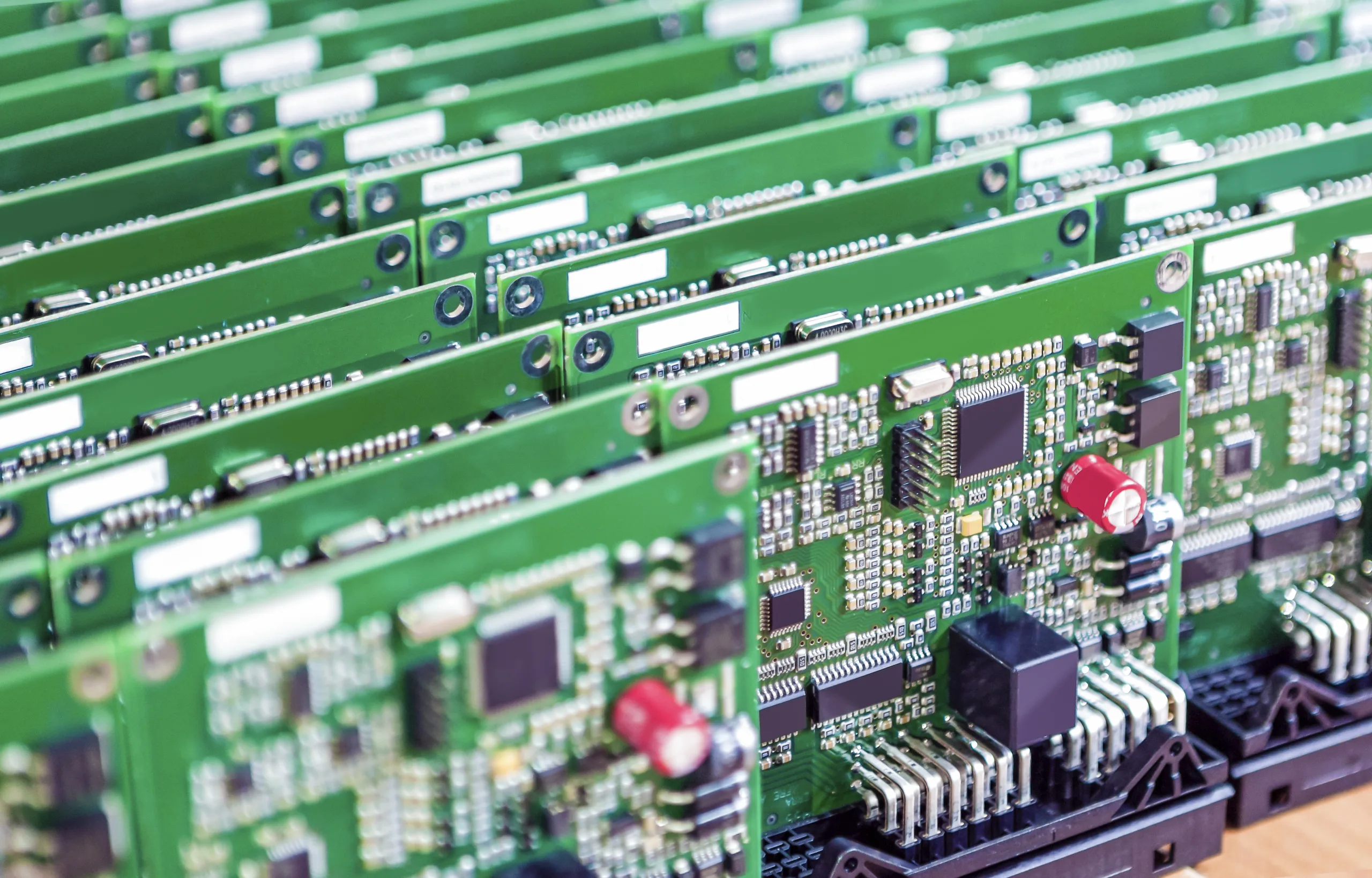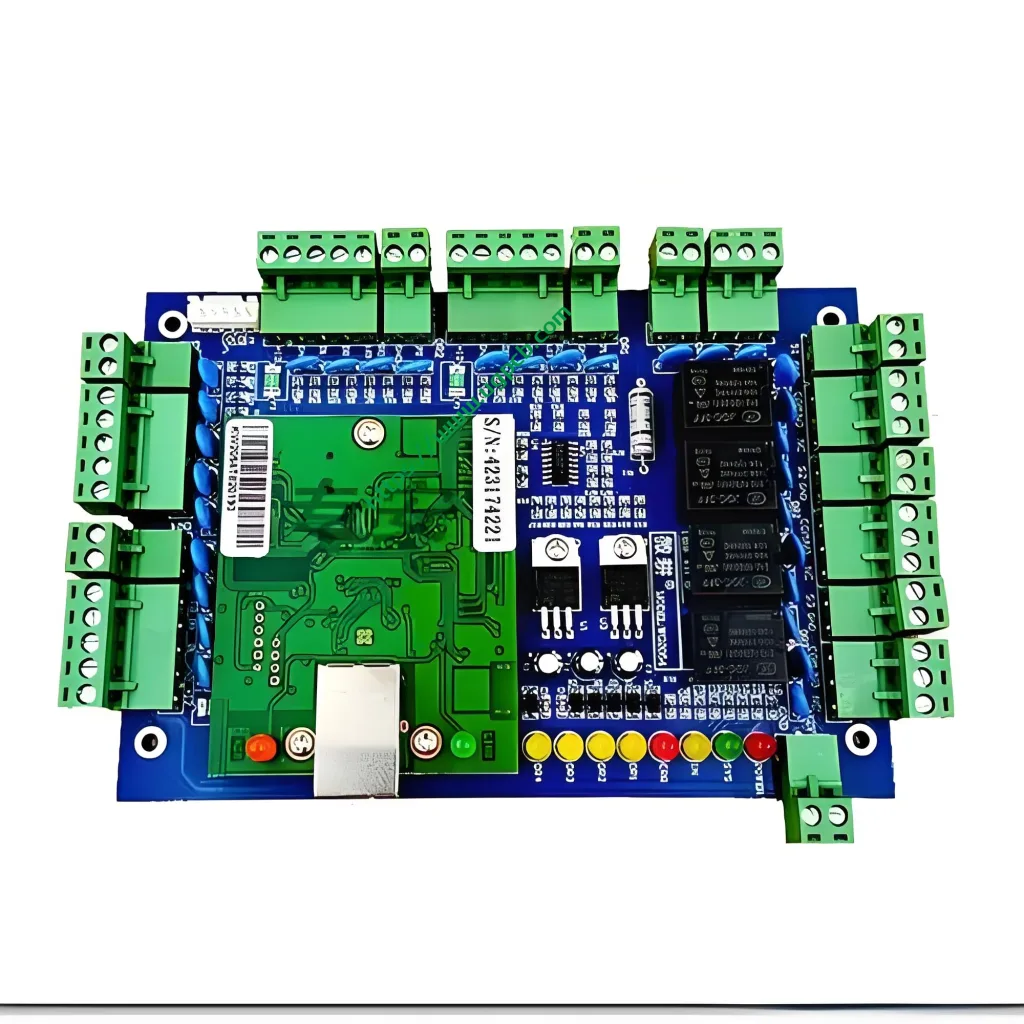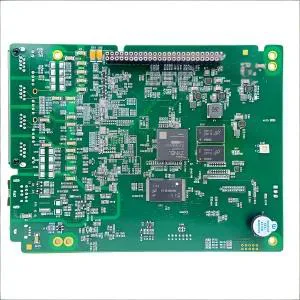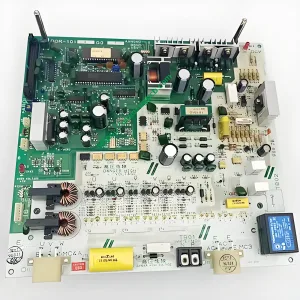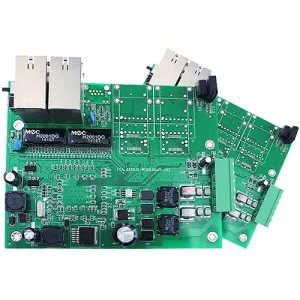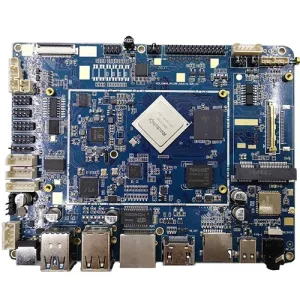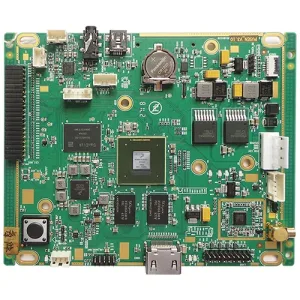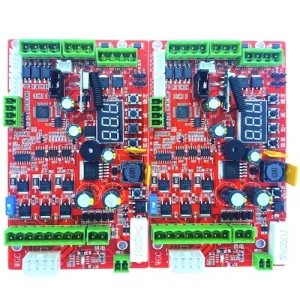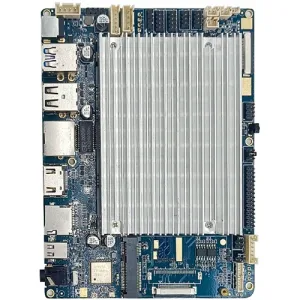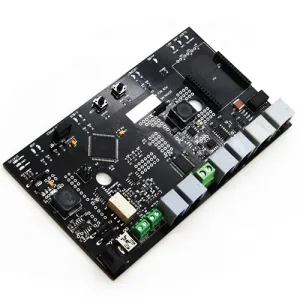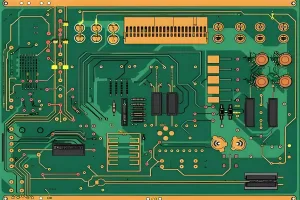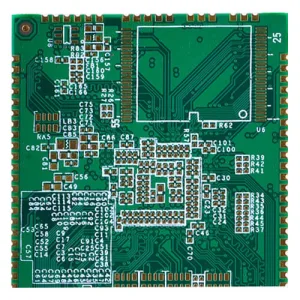자동차 제어 시스템을 위한 PCBA 설계 개요
UGPCB 자동차 제어 시스템에 맞춘 최첨단 PCBA 설계 서비스를 제공합니다., 까다로운 환경에서 신뢰성과 효율성 보장. 이 솔루션은 고급 기능을 통합합니다. PCB 제조 어셈블리 포함 (PCB) 현대 차량의 중요한 기능을 지원하기 위해, 엔진 관리와 같은, 안전 제어, 인포테인먼트 시스템. 높은 레이어 수와 견고한 소재를 활용하여, UGPCB의 PCBA 설계는 엄격한 자동차 표준을 충족합니다., 혁신적인 자동차 전자제품의 기반 제공.
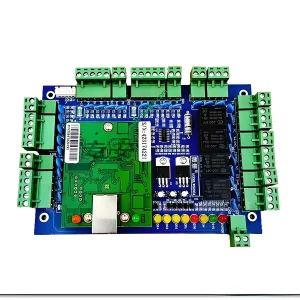
자동차 애플리케이션에서 PCBA의 정의
PCB, 또는 인쇄 회로 보드 어셈블리, 장착하는 과정을 말합니다. 전자 구성 요소 에 PCB 기능적인 회로 시스템을 만들기 위해. 자동차 제어 시스템에서, PCBA는 핵심 전자 백본 역할을 합니다., 신호 처리 촉진, 전력 분배, 차량 구성 요소 간의 데이터 통신. 이 정의는 정밀도의 중요성을 강조합니다. PCB 설계 자동차 환경에서 원활한 작동을 보장하는 조립.
자동차 PCBA의 주요 설계 고려 사항
자동차 제어 시스템용 PCBA를 설계하려면 몇 가지 중요한 요소에 주의를 기울여야 합니다.. 첫 번째, PCB 레이어 수 - 최대 12 레이어 - 고밀도 회로를 위한 복잡한 라우팅을 가능하게 합니다., 간섭 감소 및 신호 무결성 향상. 다음과 같은 기판 재료 고TG FR-4 (tg170과 같은 TG 값 사용) 열 안정성을 제공, 차량에서 흔히 발생하는 고온에서의 변형 방지. 표면 마감, 2U-5U 두께의 무연 HASL 또는 침지 금 포함, 납땜성 및 내식성 향상. 구리 두께 옵션 (0.5온스 ~ 6온스) 최적화된 전류 처리 허용, 솔더 마스크 색상 동안 (예를 들어, 녹색, 검은색) 식별 및 내구성을 위해 맞춤화 가능. 추가적으로, 설계는 전자기 호환성을 고려해야 합니다. (EMC), 진동 저항, ISO와 같은 자동차 표준 준수 26262.
자동차 제어 시스템에서 PCBA가 작동하는 방식
PCBA는 자동차 전자 제어 장치의 중추 신경계 역할을 합니다.. 센서의 입력을 처리합니다. (예를 들어, 엔진 온도 또는 브레이크 압력) 그리고 액추에이터에 명령을 출력합니다. (예를 들어, 연료 분사 장치 또는 디스플레이 장치). 예를 들어, 엔진 제어 장치에서 (ECU), PCBA는 내장된 마이크로 컨트롤러 및 전원 구성 요소를 통해 데이터를 관리합니다., 실시간 대응 보장. 그만큼 다층 PCB 구조, 정밀한 구리 트레이스와 비아 포함, 효율적인 전기 경로를 촉진합니다., TG가 높은 소재는 후드 온도에서도 성능을 유지합니다., 차량 수명주기 전반에 걸쳐 안정적인 작동 보장.
자동차 전자 장치에 PCBA 적용
자동차 제어 시스템용 PCBA 설계는 다양한 차량 하위 시스템에 걸쳐 사용됩니다.. 주요 애플리케이션에는 엔진 및 변속기 제어 모듈이 포함됩니다., 고급 운전자 보조 시스템 (ADAS), 전기 자동차의 배터리 관리, 인포테인먼트 디스플레이, 및 기후 제어 장치. 이러한 PCBA 솔루션은 적응형 크루즈 컨트롤과 같은 기능을 지원합니다., 충돌 회피, 에너지 효율성, 안전을 강화하는 역할을 강조, 편안, 현대 자동차의 지속 가능성.
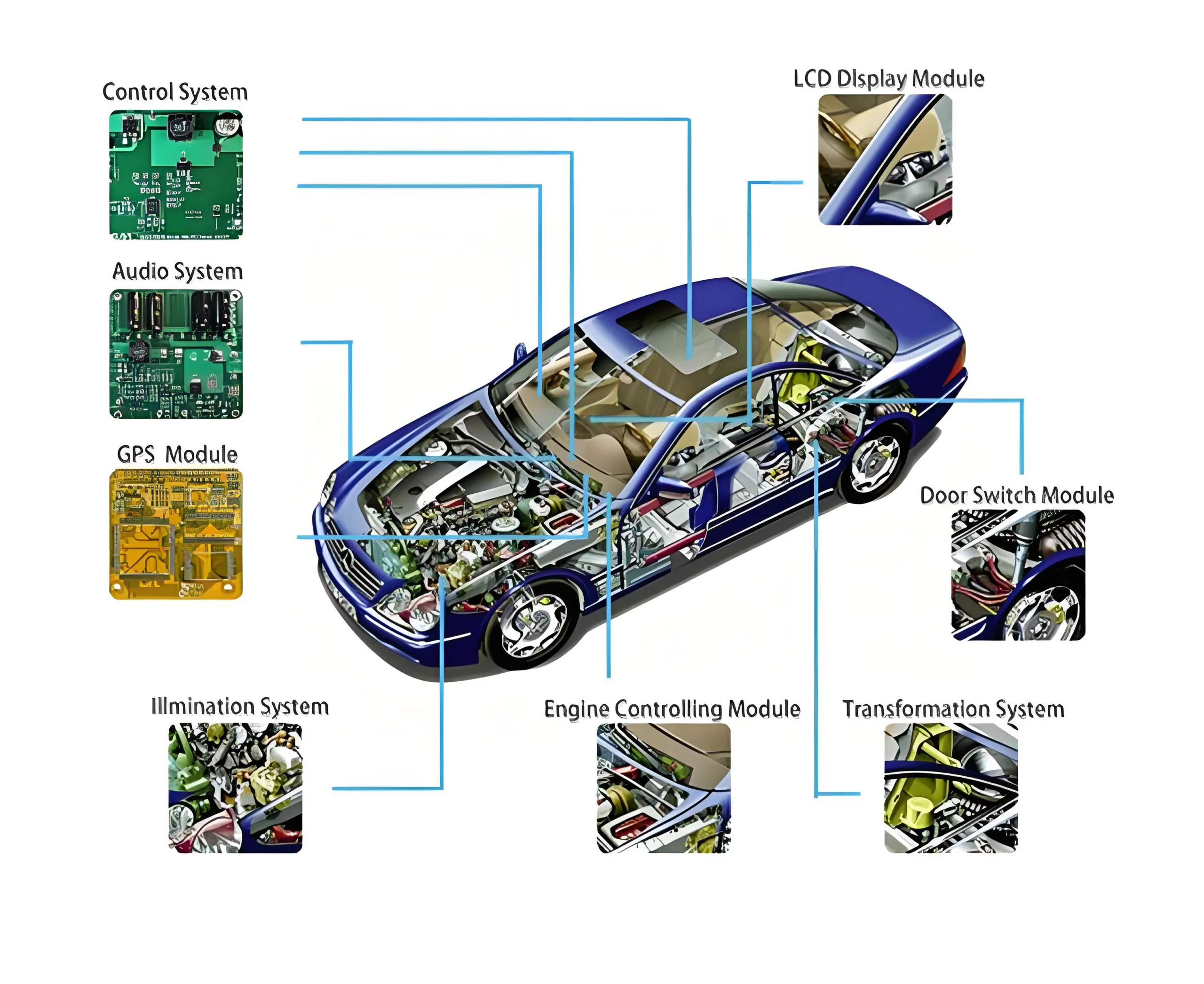
자동차 PCBA 제품 분류
자동차 PCBA는 기능과 복잡성에 따라 분류될 수 있습니다.. 일반적인 분류에는 전원 관리 PCBA가 포함됩니다. (두꺼운 구리로 고전류 처리), 신호처리 PCBA (데이터 집약적인 작업을 위해 더 많은 레이어 수 사용), 안전에 중요한 PCBA (중복 설계와 엄격한 테스트 특징). UGPCB의 제품은 다음 범주에 걸쳐 있습니다., 사용자 정의 레이어 스택 옵션 포함, 재료, 특정 자동차 요구 사항에 맞는 마감 처리.
PCBA 제조에 사용되는 재료
PCBA용으로 선택된 재료는 성능과 수명에 직접적인 영향을 미칩니다.. UGPCB는 높은 TG FR-4 기판을 사용합니다., 후드 아래 조건에 탁월한 내열성과 기계적 강도를 제공하는 제품. 침수 금과 같은 표면 마감은 평평한 느낌을 제공합니다., 부품 납땜을 위한 안정적인 표면, 무연 HASL은 환경 규정 준수를 보장합니다.. 구리 포일 (0.5온스 ~ 6온스) 전류 운반 요구에 따라 선택됩니다., 녹색 또는 검정색과 같은 색상의 솔더 마스크는 습기와 긁힘으로부터 보호합니다.. 이러한 소재는 가혹한 자동차 환경에서 내구성을 전체적으로 지원합니다..
자동차 PCBA의 성능 특성
UGPCB의 PCBA 설계는 열 안정성과 같은 성능 지표에서 탁월합니다. (TG가 높은 재료를 사용하여 최대 170°C의 온도 처리 가능), 전기적 신뢰성 (제어된 임피던스로 신호 손실 최소화), 기계적 견고성 (진동과 충격에 저항). PCB 및 PCBA 테스트 포함 자동화된 광학 검사 (AOI) 및 회로 내 테스트 (ICT)—높은 수율과 품질 표준 준수 보장, 현장 작업 실패율 감소.
자동차 제어용 PCBA의 구조적 구성
자동차용 PCBA의 구조에는 일반적으로 다층 PCB 스택이 포함됩니다., 전원 및 접지면을 위한 내부 레이어 포함, 부품 장착을 위한 외부 레이어. 비아 및 스루홀은 레이어를 상호 연결합니다., 솔더 마스크와 실크스크린은 조립과 식별에 도움이 됩니다.. 전체적인 디자인은 컴팩트함과 방열을 우선시합니다., 열 순환 하에서 무결성을 유지하기 위해 높은 TG FR-4와 같은 재료 사용, 이는 자동차의 장기적인 신뢰성에 매우 중요합니다..
UGPCB PCBA 솔루션의 특징 및 장점
UGPCB의 PCBA 제품은 사용자 정의 가능한 레이어 수로 인해 돋보입니다. (최대 12 레이어), 다양한 재료 옵션 (TG가 높은 기질 포함), 그리고 친환경 마감재 (예를 들어, 무연 HASL). 주요 기능에는 향상된 열 성능이 포함됩니다., 뛰어난 신호 무결성, 자동차 안전 표준 준수. 장점은 효율적인 솔루션을 통해 시장 출시 기간을 단축한다는 점입니다. PCB 테스트, 극한 상황에서 내구성 향상, 대량생산에 최적화된 설계를 통한 경제성 및 경제성.
자동차용 PCBA 생산공정
생산 워크플로는 PCB 설계 및 레이아웃으로 시작됩니다., TG가 높은 FR-4 기판을 사용하여 층 적층을 수행합니다.. 원하는 두께를 얻기 위해 구리 패터닝 및 도금 작업을 수행합니다., 그런 다음 표면 마무리 (예를 들어, 침수 금) 적용된다. 요소 조립은 다음과 같습니다, 솔더 페이스트 적용 포함, 픽 앤 플레이스, 그리고 반사석 납땜. 마지막으로, 기능 및 환경 테스트를 포함한 엄격한 테스트를 통해 각 PCBA가 배포 전에 자동차 사양을 충족하는지 확인합니다..
현대 차량의 사용 시나리오
UGPCB의 PCBA 설계는 다양한 자동차 제어 시나리오에 배포됩니다., 전기차 파워트레인과 같은, 배터리 및 모터 제어를 관리하는 곳; ADAS, 자율주행을 위한 센서 및 카메라 지원; 및 기내 시스템, 터치스크린 인터페이스처럼. 이러한 시나리오에는 높은 신뢰성이 필요합니다., UGPCB의 솔루션은 견고한 소재와 고급 제조 기술을 결합하여 제공됩니다., 차세대 자동차 기술과의 원활한 통합 보장.
 UGPCB 로고
UGPCB 로고
